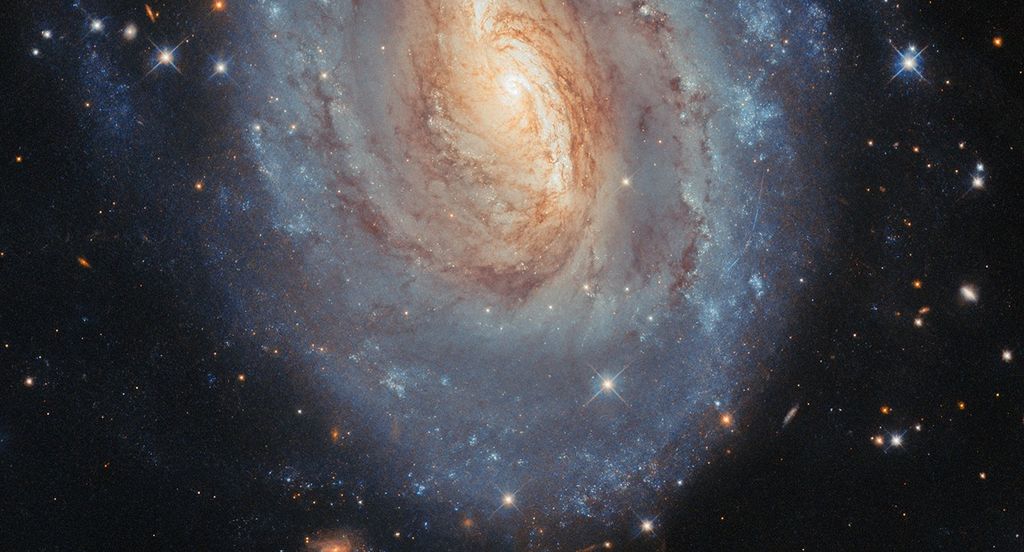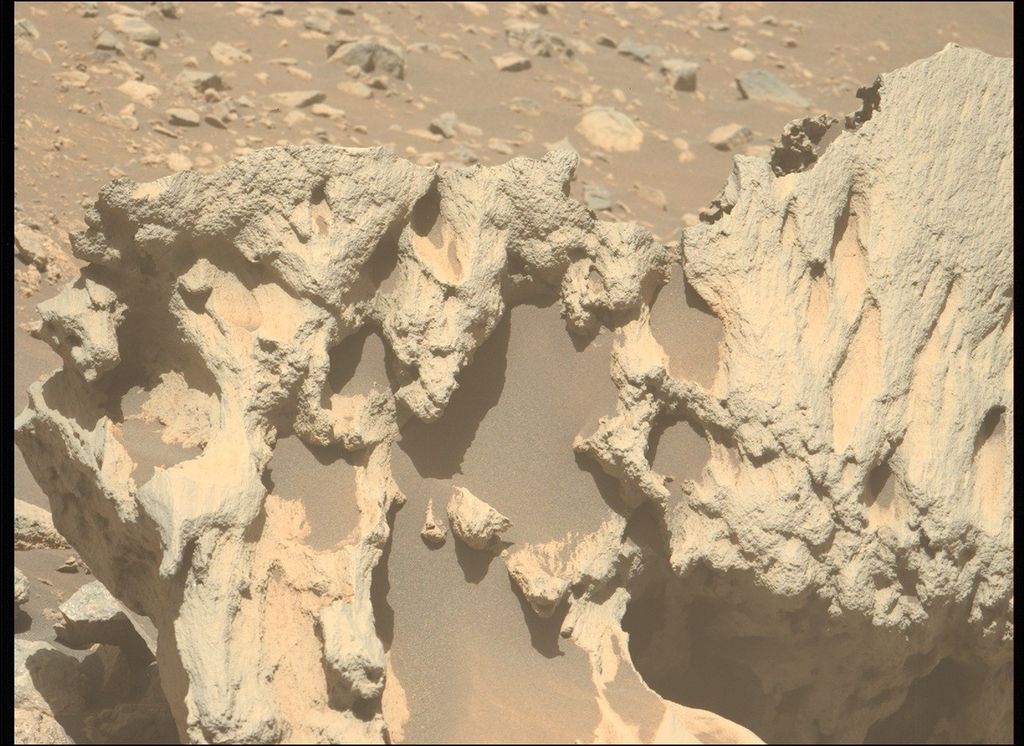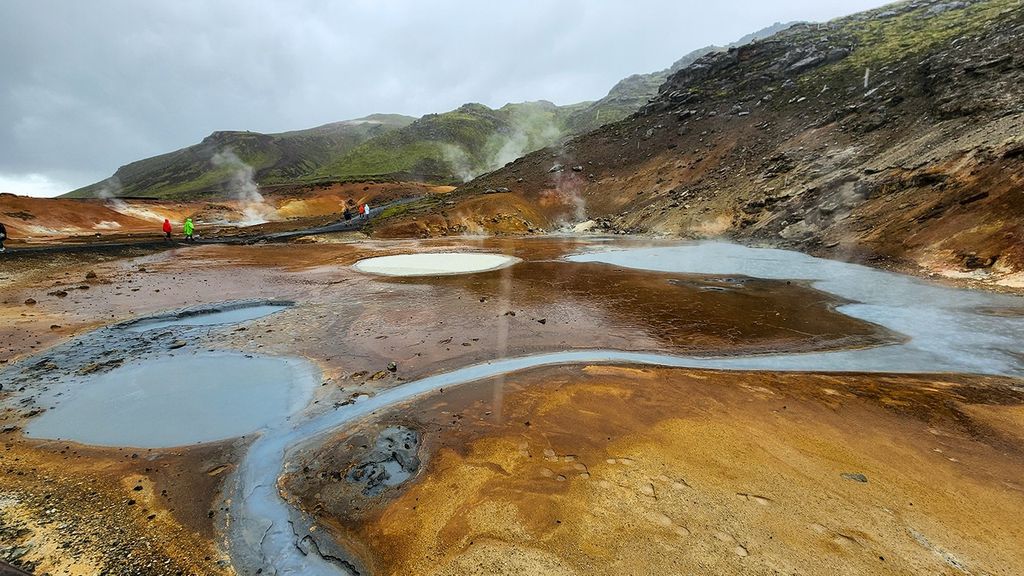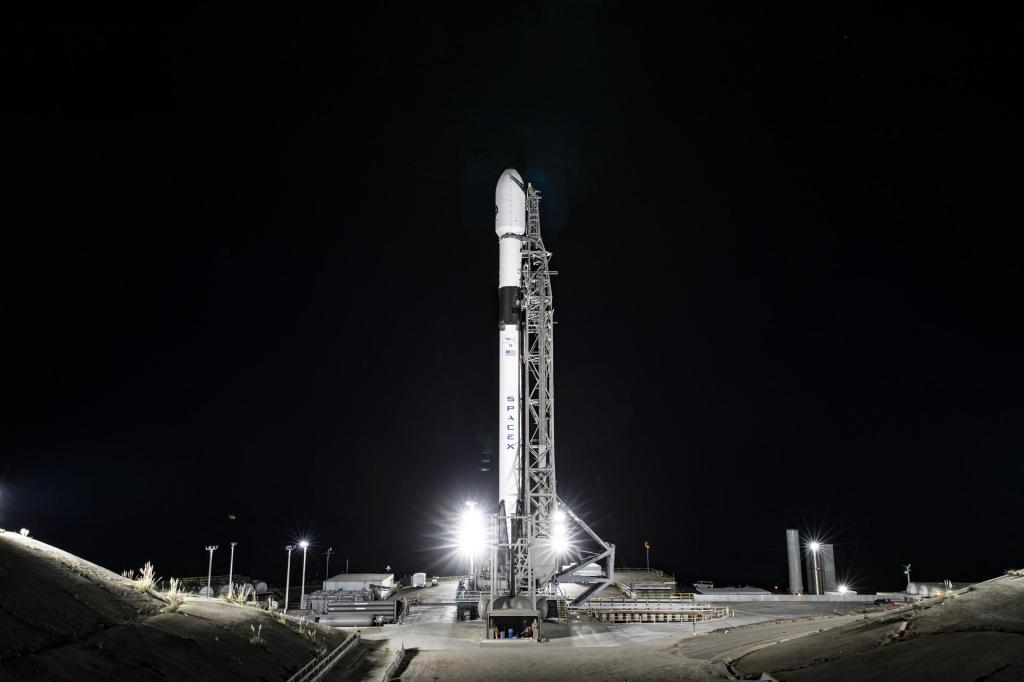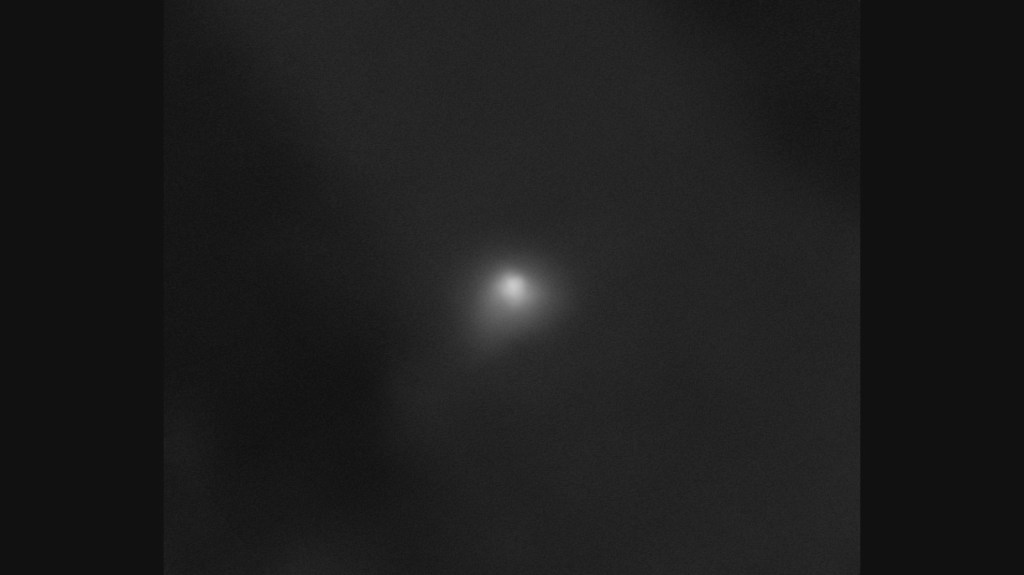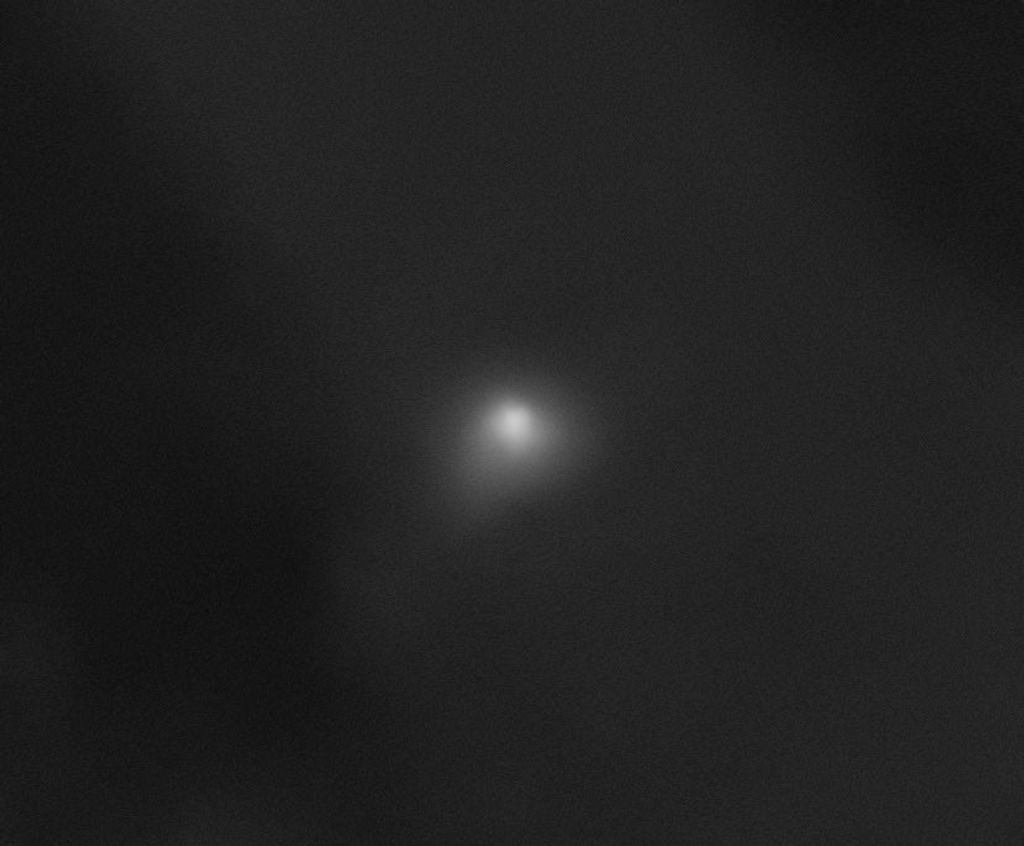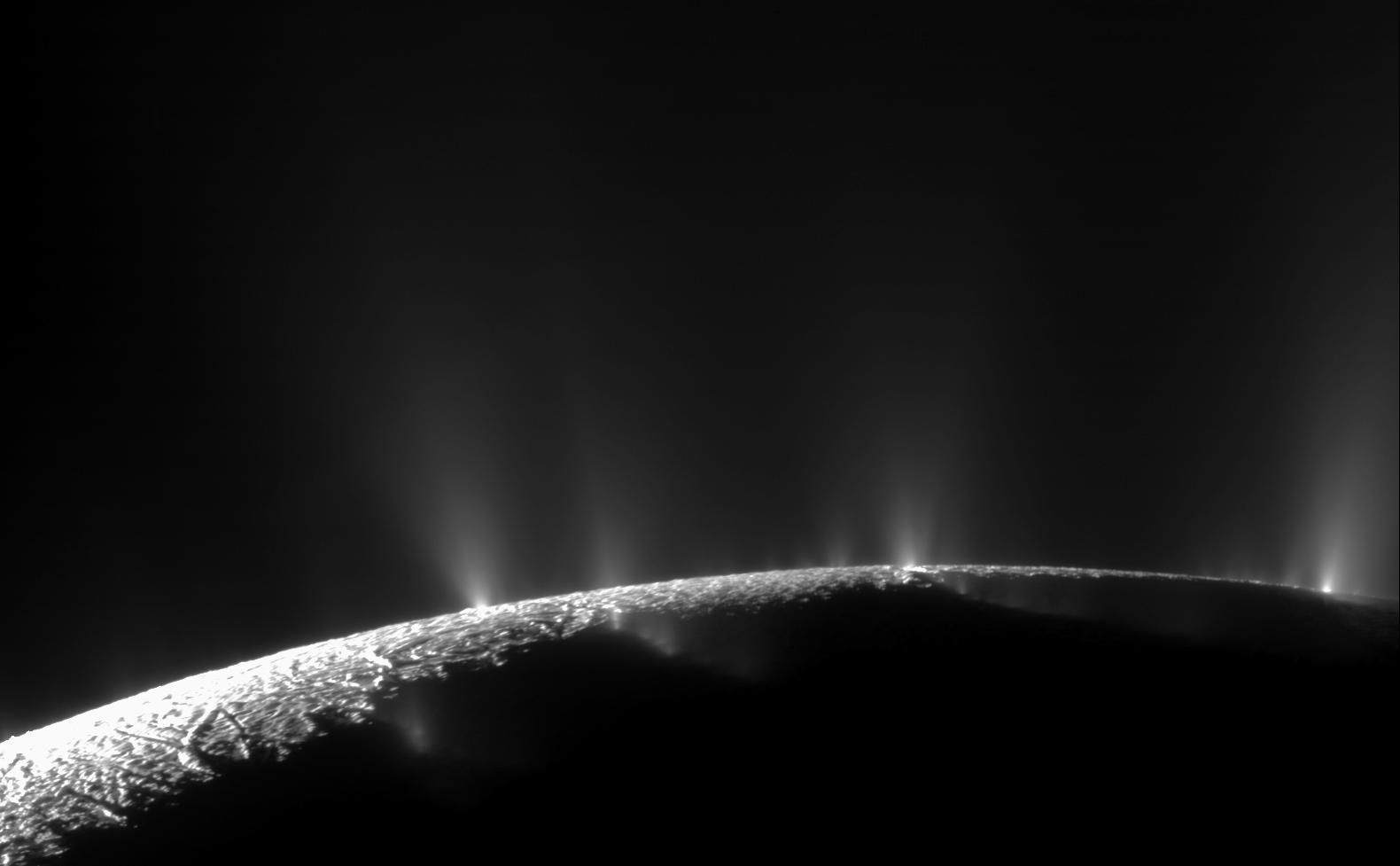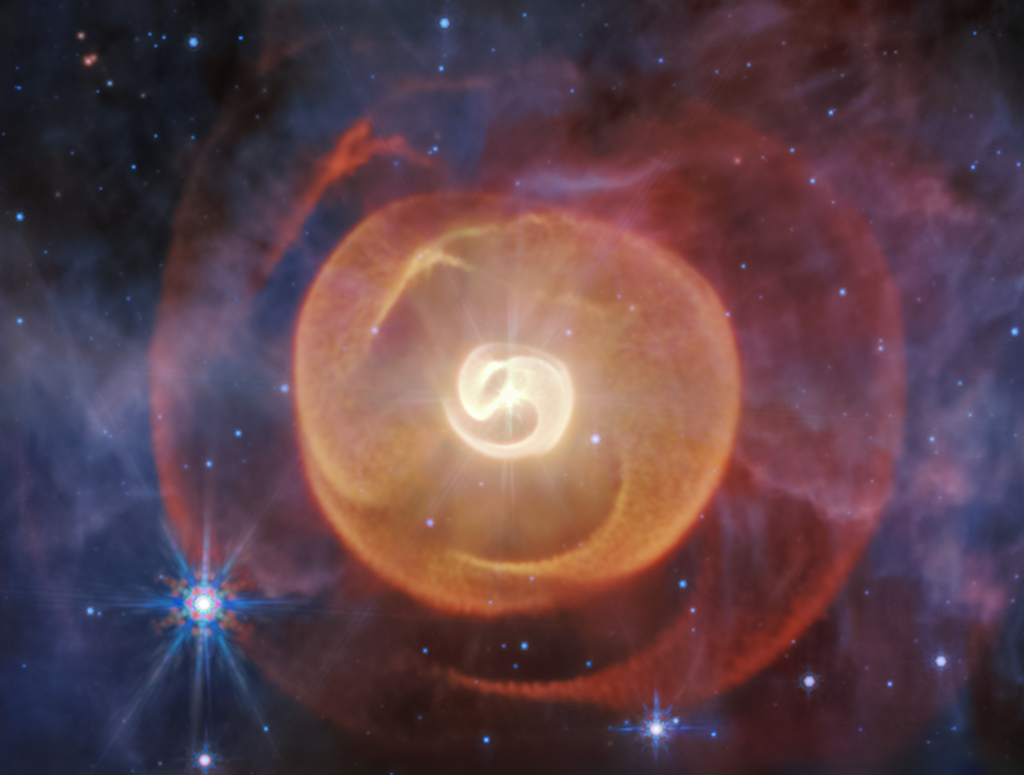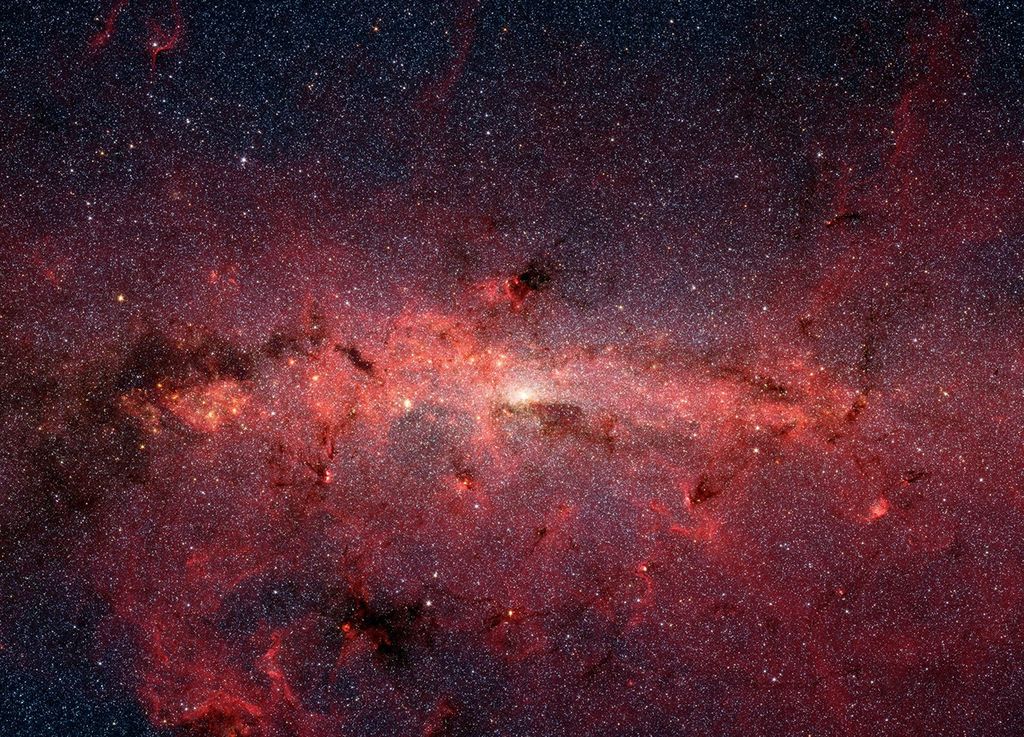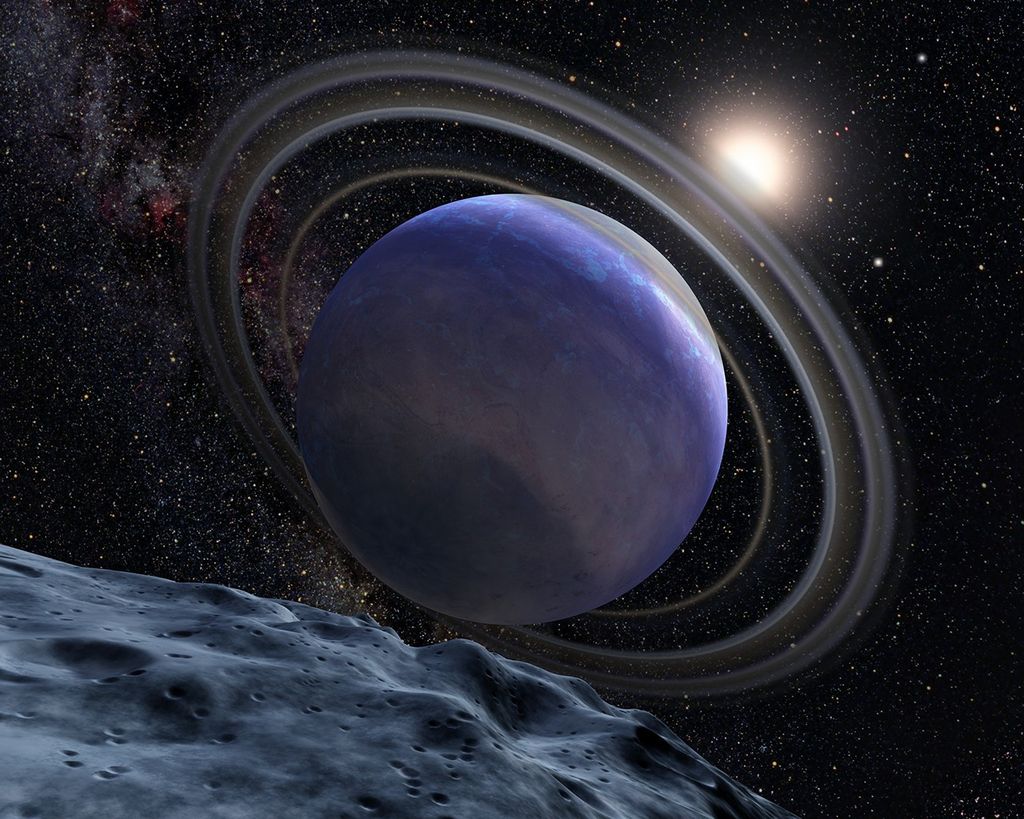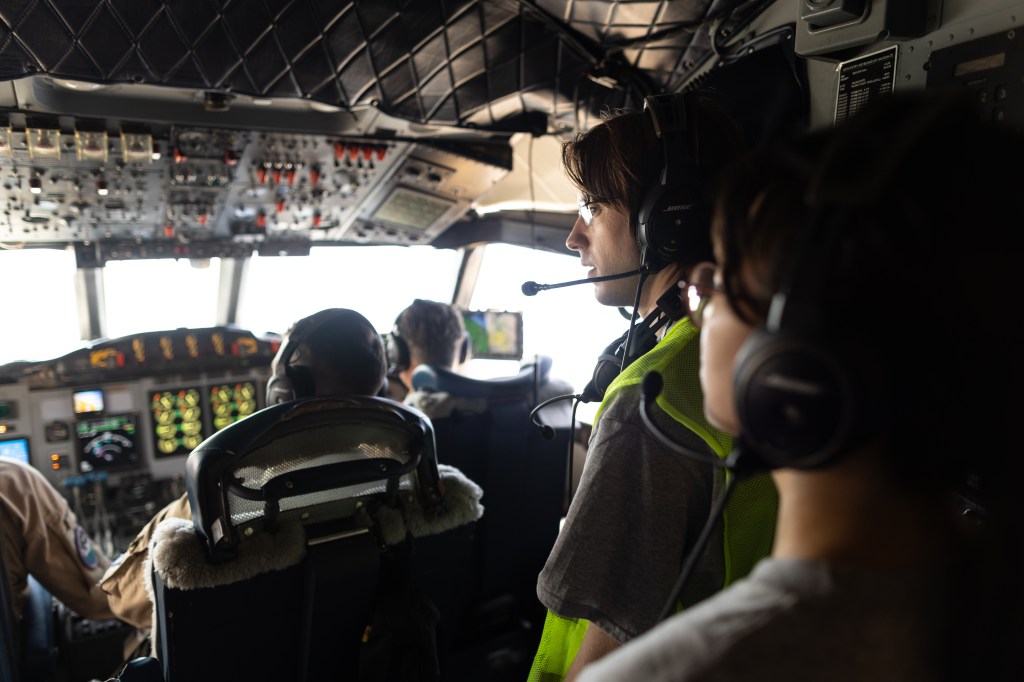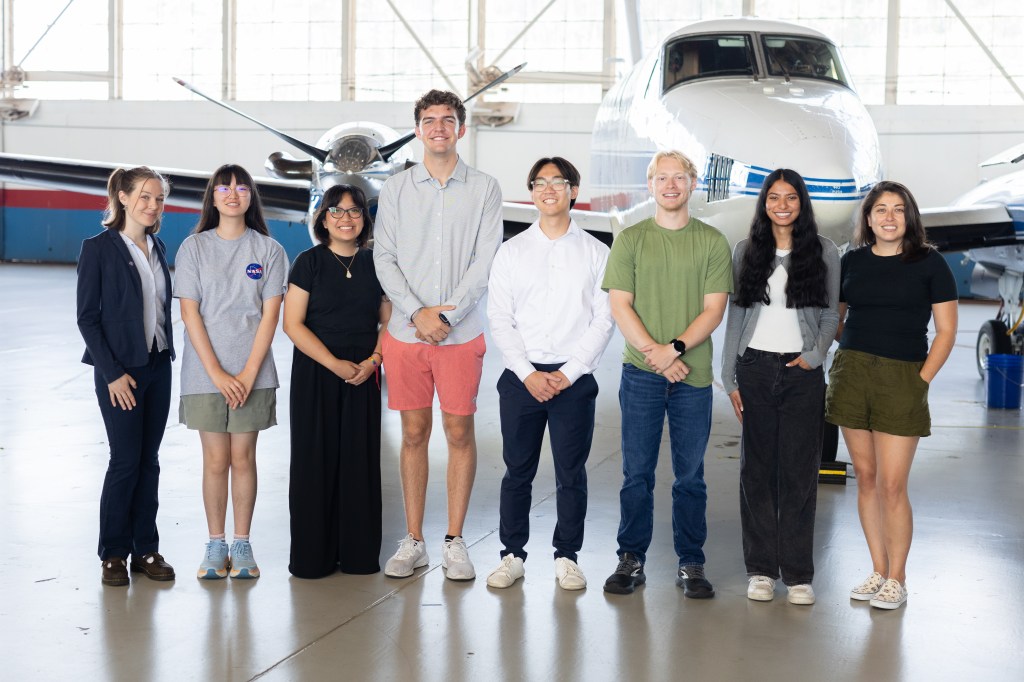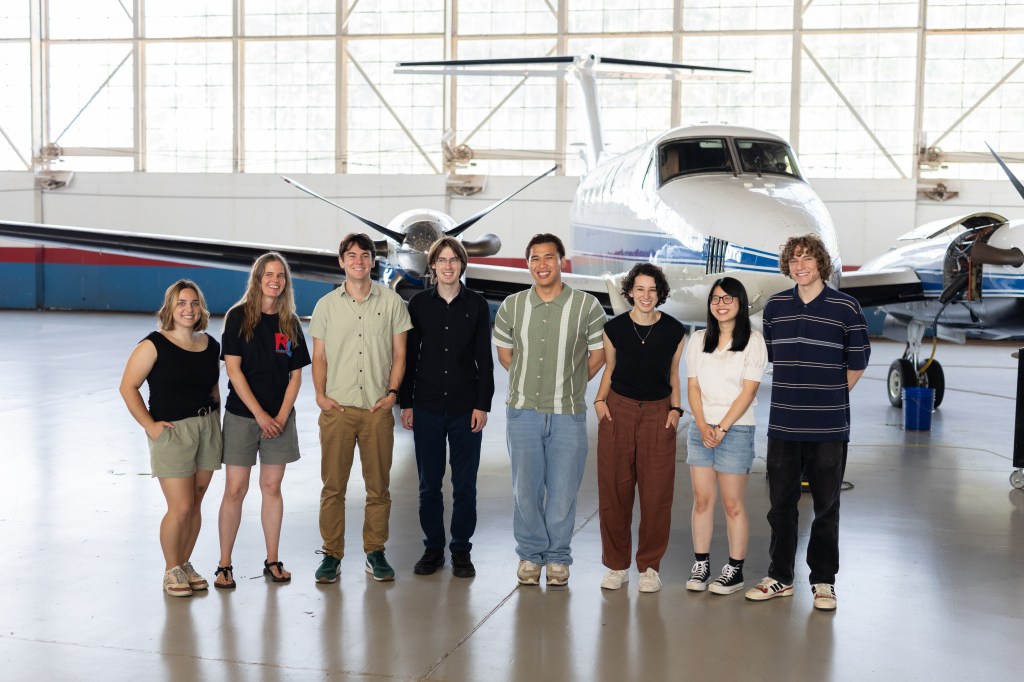To further strengthen U.S. national interests in space and continue providing tangible benefits to humanity, NASA provides funding to U.S. businesses seeking to develop and demonstrate the manufacturing of advanced materials and other high-value products on the International Space Station (ISS) National Laboratory for use on the Earth.
Known previously as “Demand Stimulation”, a component of NASA’s strategy for the development of a robust low-Earth orbit (LEO) economy, In Space Production Applications (InSPA) awards support sustainable economic development in low-Earth orbit. These commercialization awards provide opportunities for NASA to reduce its costs in LEO by allowing the agency to focus its resources and energies on deep space missions farther from Earth, including the Moon and Mars. NASA is leading commercial LEO development efforts to stimulate non-NASA demand for commercially owned and operated orbital destinations from which NASA can purchase services as one of many customers. As new commercial orbital destinations become available, NASA intends to foster an orderly transition from current space station operations and research to the new commercial enterprise as laid out in NASA’s International Space Station Transition Report of March 30, 2018.
NASA is working with other U.S. government agencies, industry and academia to define national priorities and high-value opportunities for advanced materials and manufacturing that will ensure continued U.S. preeminence in several emerging in-space production technologies amidst growing global competition.
Focus Area 1 of the NASA Research Announcement “Research Opportunities for ISS Utilization” seeks proposals for InSPA demonstrations to nurture high-value future technology development sectors. The four primary areas of interest specified in the announcement are:
- Advanced Materials; examples include metal organic frameworks and metamaterials, ceramics, container-less processing, exotic glasses and fibers, and alloys
- Crystal Production; examples include inorganic crystals, large and small molecule crystals, uniform protein crystals and industrial sized crystals
- Thin Film Deposition; examples include semiconductors, graphene and artificial retinas
- Tissue Engineering and Regenerative Medicine; examples include tissue chips and organoids for disease modeling, stem cell production, and 3D bio-fabrication
Additionally, NASA will consider fields that have not yet been fully explored that could lead to a scalable, self-sustaining demand for future commercial platforms in low-Earth orbit.
NASA awards through the ISS NRA fund selected concepts for potential opportunities under ISS National Laboratory sponsorship, to include flight resource and astronaut crew time allocation.
Previously selected concepts are described below.
Apsidal LLC (Los Angeles, CA)
UNIGLO
The Universal Glass Optics Manufacturing Module is capable of processing various types of complex glasses in space from which optical fibers, fiber lasers, magnetic fibers, super-continuum sources, capillary optics and adiabatic tapers can be drawn. One of the key innovations is a custom Laser Doppler Sensor for real-time in-situ analysis and feedback control of the manufacturing process. Additionally, this technology is Artificial Intelligence (AI) assisted to be adaptive and to optimize production in a low-Earth orbit environment. The microgravity environment of space is needed as gravity induced material convection and sedimentation in complex glasses on Earth subsequently leads to unwanted crystallization, thus creating defects which reduce performance. Market areas for products from this module include specialty fibers for low-loss and high bandwidth communications, high-power fiber-amplifiers, IR counter measures, supercontinuum sources, medical applications, remote sensing, X-ray optics, and laser processing.
Redwire Space (Tallahasse, Florida)
GAMMA
The Glass Alloy Manufacturing Machine (GAMMA) is an experimental system designed to investigate how glass alloys form without the effects of gravity-induced flaws. The microgravity environment of space is expected to enable much higher quality glass products by eliminating the Earth-based impacts of convection, sedimentation, and solute buildup, which lead to nucleation, or crystal-forming sites in the materials. This system could improve processes for commercial product development. Market applications include optical fiber, lenses, and optical devices across several market segments including telecommunications, sensors and laser technology industries.
HIPIPS
The High Power Impulse Plasma Source (HiPIPS), currently in development, is an autonomous, high throughput manufacturing capability for production of high quality, lower cost semiconductor chips at a rapid rate. Terrestrial semiconductor chip production suffers from the impacts of convection and sedimentation in the manufacturing process. Fabricating in microgravity is expected to reduce the number of gravity-induced defects, resulting in more usable chips per wafer. Market applications include semiconductor supply chains for telecommunications and energy industries.
ICF
The Industrial Crystallization Facility (ICF) is a commercial in-space manufacturing device designed to provide proof-of-principle for diffusion-based crystallization methods to produce high-quality optical crystals in microgravity relevant for terrestrial use. ICF launched to the International Space Station (ISS) on Northrop Grumman’s CRS-15 on February 20, 2021. It was the first facility to grow inorganic potassium dihydrogen phosphate (KDP) crystals aboard ISS, offering important insight into microgravity-enabled growth processes for industrial crystals, which could yield opportunities for commercial production on-orbit. Market applications include ultra-fast optical switches, optical waveguides, optical circuit lithography, high-efficiency ultraviolet light production, and terahertz wave sensors.
TCMM
The Turbine Ceramic Manufacturing Module (TCMM) is designed to provide proof-of-principal for single-piece ceramic turbine blisk (blade + disk) manufacturing in microgravity for terrestrial use. Launched in October 2020 on Northrop Grumman’s CRS-14 mission, TCMM successfully demonstrated ceramic additive manufacturing in space for the first time in history. TCMM was also the first demonstration of stereolithography ceramic fabrication in space. The project focuses on advanced materials engineering ultimately leading to reductions in part mass, residual stress, and fatigue. Strength improvements, as a result of being manufactured in microgravity, of even 1-2 percent can yield years-to-decades of superior service life. Market applications include high-performance turbines, nuclear plants, or internal combustion engines.
TSCM
The Turbine Superalloy Casting Module (TSCM) is a commercial in-space manufacturing device designed to provide proof-of-principle for polycrystal superalloy part manufacturing in microgravity for terrestrial use. Superalloys thermally processed in microgravity could have improved microstructure and mechanical properties than processed superalloys on Earth. This work expands utilization of the ISS National Lab into new commercial product areas not previously investigated. Scheduled to launch in late 2021, TSCM will investigate potential improvements in superalloy microstructure by heat treating in microgravity. Market applications include turbine engines in industries such as aerospace and power generation.
3D BioPrinter (BFF)
The BioFabrication Facility (BFF) is a space-based 3D biomanufacturing platform capable of printing with live human cells (autologous or allogenic). The facility contains an XYZ gantry with multiple print heads and a bioreactor cassette in the X-Y plane. Without the addition of scaffolding or chemical bio-ink thickening agents, attempts to 3D print with cells on Earth only results in creating a puddle. With scaffolding and thickening agents, organ-like shapes can be printed on Earth, but they cannot function as such. BFF prints in space with low viscosity bio-inks that only contain cells and nutrients, which enable cells to remain healthy and mobile – a necessity for creating solid thick tissue. Following a weeks-long in-space conditioning phase inside a special Redwire bioreactor, the tissue constructs are strong enough to resist gravity and remain viable following their return to Earth.
In 2020, Redwire manufactured test prints of a partial human meniscus aboard the International Space Station (ISS) for the company’s DoD customer, the 4-Dimensional Bioprinting, Biofabrication, and Biomanufacturing, or 4D Bio3 program, based at Uniformed Services University of the Health Sciences. The program is a collaboration between the university and The Geneva Foundation, a non-profit organization that advances military medical research. A second round of printing in space for 4D Bio3 is scheduled for next summer, with the organization and Redwire jointly planning follow on activity, such as the Fabrication in Austere Military Environments (FAME) bioprinting program. Market applications include human tissue and organ repair or replacement.
CRF
The Cell Reprogramming Facility (CRF) will manufacture induced pluripotent stem cells (iPSCs) on orbit from adult cells and then drive them forward into many other types of cells, which can be used inside the BFF bioprinter and on Earth for regenerative medicine, especially cell therapies. The first element of the Cell Factory system – the CRF is in development now. Market applications include cell therapies for restorative health and autologous cell sourcing for bioprinting and vascular applications.
PIL BOX
The Pharmaceutical In-Space Laboratory (PIL) Bio-crystal Optimization Xperiment (BOX) is a cassette-based experiment system that will produce uniform protein crystals. Biopharmaceuticals are often best formulated as microscopic crystals. Companies that succeed in producing a crystalline product will save enormously due to longer ambient stability, lower delivery volume and novel routes of administration, whether it is an approved pharmaceutical or an emerging therapeutic. The ISS microgravity environment provides homogeneous nucleation and quiescent growth for crystal formations, and there is no sedimentation or convection currents. Space-grown crystals can be exceptionally uniform in size and shape.
Redwire is developing up to four versions of known as PIL-BOX platforms. Small scale biocrystal production in a PIL-BOX will be tested aboard ISS in 2022, with production scaling incrementally thereafter. While NASA funding is supporting this test first test with proteins provided by a major biopharma company. Market applications include seed crystals for terrestrial manufacturing and complete crystalline drugs.
See NASA Research Announcement NNJ13ZBG001N for more details.
Find out more about NASA research opportunities:

